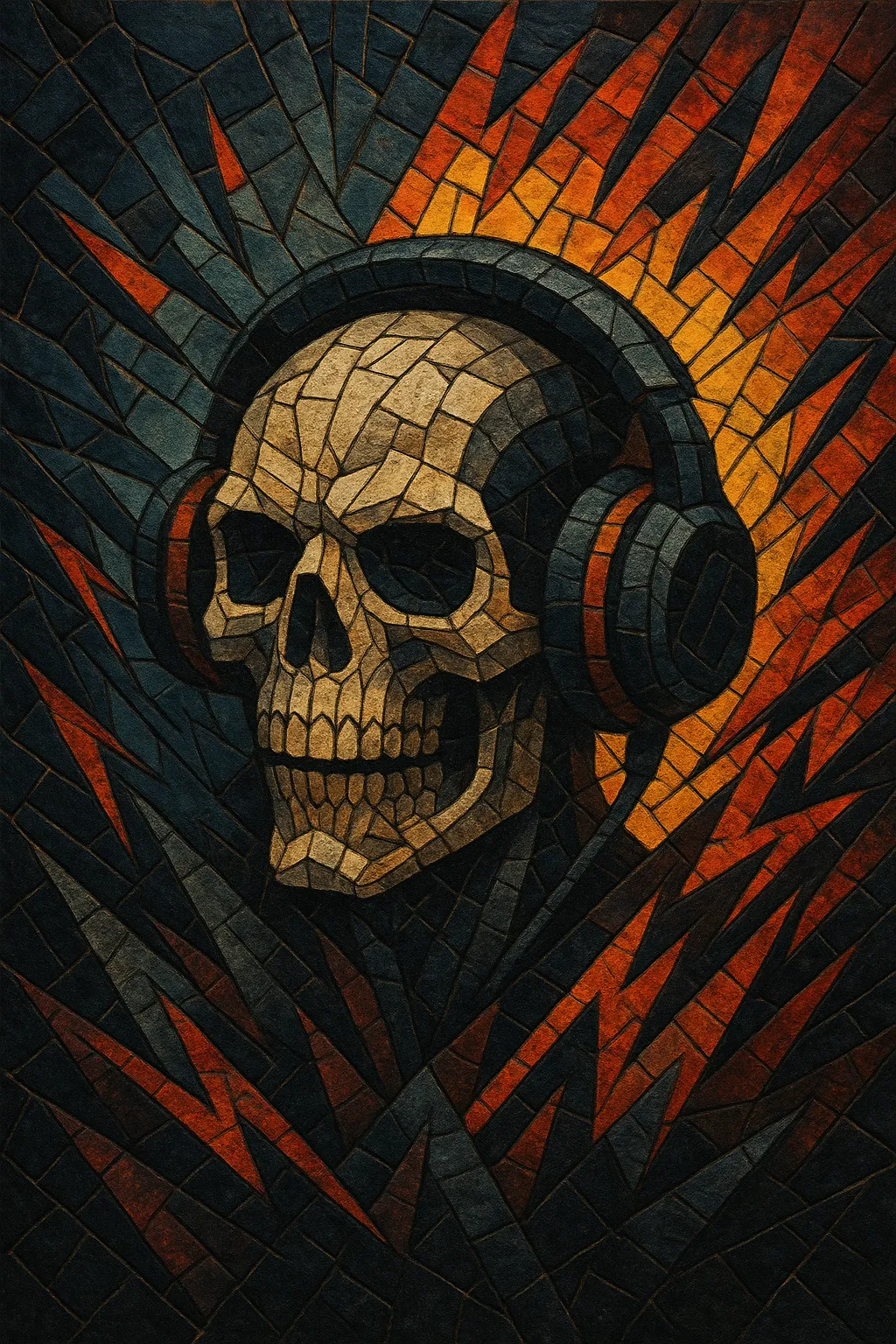Hardstyle is a hard dance genre characterized by a pounding 4/4 kick at around 150 BPM, heavy distortion, and anthemic, festival‑scale melodies. Its signature sound is the hardstyle kick: a layered, distorted kick drum with a pitched, tonal tail that carries the track’s root note.
Early hardstyle was defined by reverse‑bass patterns and gritty, techno‑leaning drive. From the late 2000s onward, "nustyle" brought brighter, euphoric supersaw leads, cinematic breakdowns, and pitched kicks, while the parallel rawstyle branch emphasized darker timbres, aggressive screeches, and relentless drive. Today the genre spans a spectrum from euphoric and vocal to raw and industrial, but the unmistakable kick‑led energy remains the constant.
Hardstyle emerged in the Netherlands and northern Italy at the turn of the millennium, fusing the high‑energy drive of gabber/hardcore with hard trance’s melodic sensibilities and hard house’s club‑friendly structure. Early releases revolved around 140–150 BPM, reverse‑bass lines, and crunchy, techno‑rooted sound design. Dutch events by promoters like Q‑dance (e.g., Qlimax) became crucial incubators for the sound.
Around 2006–2009, producers began emphasizing cinematic breakdowns, supersaw leads, and pitched, tonal kicks—often called "nustyle." Artists such as Headhunterz, Showtek, Noisecontrollers, and Wildstylez popularized the anthemic, festival‑scale approach, helping the genre explode across Europe.
In the 2010s the scene split into two large currents: euphoric hardstyle (soaring melodies, vocal hooks, uplifting chord progressions) and rawstyle (darker harmonies, harsher distortion, aggressive screeches). Major festivals like Defqon.1, Hard Bass, and Decibel Outdoor cemented hardstyle’s culture, stages, and global fanbase.
Hardstyle spread worldwide, influencing dance‑pop drops and hybrid styles, and finding footholds across North America, Asia, and Oceania. While BPM standardized around 150, producers pushed sound design further—granular kick shaping, advanced multiband distortion, and vocal‑driven songwriting—sustaining both underground raw intensity and mainstream euphoric appeal.


